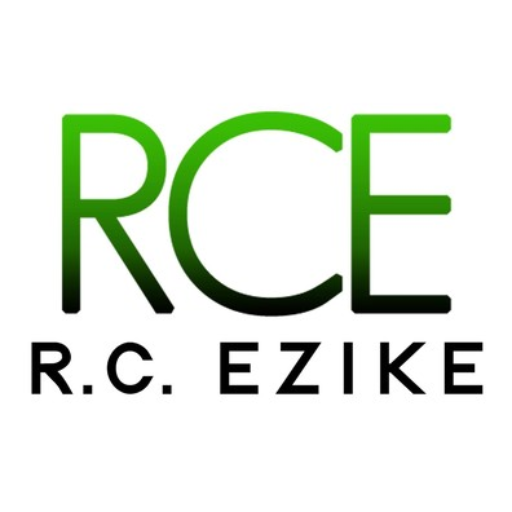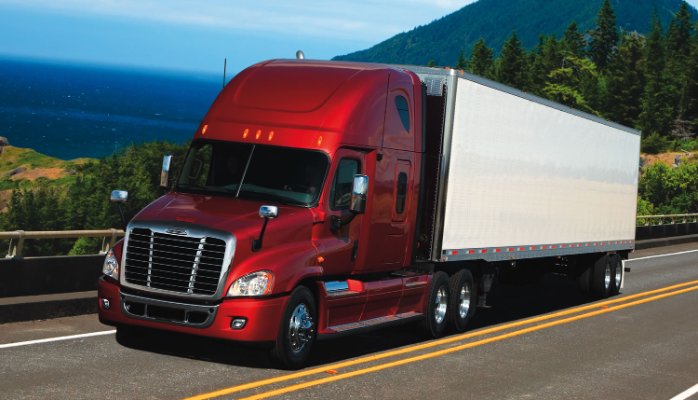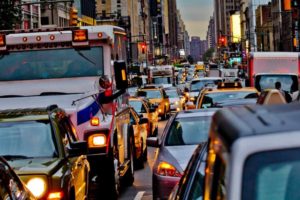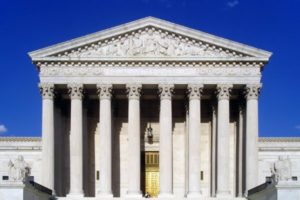Drayage trucks are an integral component of the freight system that moves goods and materials across the state of California. Drayage accounted for 88 percent of the total manufactured tonnage in the state in 2010[1].However, they account for a significant amount of the total air emissions released into the air per year in the state. Drayage trucks accounted for approximately 600 tons/day of nitrogen oxides (NO), 19 tons/day of 2.5 micron-sized-or-less particulate matter (PM2.5), and 20 tons/day of greenhouse gas (GHG) emissions in 2012[2]. NOand PM2.5 contributed to nearly 3500 health-related cases including deaths, hospitalizations, and emergency room visits in 20122. Furthermore, GHG emissions are the key driver in influencing climate change, which in California has led to increased occurrences of wildfires and a reduction in the supply of water due the below-average snowpack observed during the recent drought. Therefore, by developing zero-emission drayage trucks, improvements can hoped to be realized in air quality, the overall respiratory health of California citizens, and in slowing down the impacts of climate. The push toward zero-emission trucks can be accelerated through a zero-emission regulation; however, both the benefits and drawbacks must be considered if this regulation is to be introduced.
The most recent drayage truck regulation was approved by the Air Resources Board (ARB) in December 2007 and was applied to all on-road Class 7 and Class 8 drayage trucks (gross vehicle weight rating > 26,000 pounds) that transported cargo to and from ports and rail yards. The reduction in PM2.5 was to be achieved by the installation of an ARB verified level 3 diesel particulate filter, and by January 1, 2014, all drayage trucks had to operate with a 2007 or newer model year engine. The regulation would result in significantly improved air quality, especially around ports and intermodal rail yards. Starting in 2010, PM2.5 emissions were projected to be reduced by approximately 2.6 tons/day and NO emissions were projected to be reduced by 34 tons/day starting in 2014. 4 Furthermore, approximately 580 premature deaths would be avoided by 2014 in addition to 17,000 fewer cases of asthma-related symptoms.4
The 2007 regulation was, and continues to be, a significant factor in contributing to the improved air quality around ports and rail yards and the resulting reduction in respiratory ailments and premature deaths for residents living in the immediately surrounding areas. However, the regulation does not cover any of the greenhouse gases and short-lived climate pollutants such as black carbon. Furthermore, future State Implementation Plans to help California meet federal standards for ozone and diesel PM2.5 will require additional emission reductions in the South Coast and the San Joaquin Valley.[3] Therein, striving for a zero-emission drayage truck fleet should be a desired goal, and a zero-emission regulation could be instrumental in making this fleet a reality.
ARB finalized a draft plan for developing a sustainable freight system in April 2015, where it stated that zero emission technologies have been successfully demonstrated in freight vehicles. For example, VISION Industries field-tested a fuel-cell electric hybrid Class 8 truck at the Ports of Los Angeles and Long Beach.[4] Developing a regulation for zero-emission drayage trucks can accelerate the goal of achieving a sustainable freight system. The positives of such a regulation include:
- Spurring innovation: The large engine-making companies would have to devote more resources to research and development in order to create engines that would meet the zero-emission requirement. The state can provide incentives in good faith to assist with development and commercialization. Furthermore, if those companies are unwilling or unable to innovate, new opportunities would open up for smaller businesses to bring to market innovative solutions involving electrification and/or the use of hydrogen fuel cells.
- Opening of new markets: A number of zero-emitting technologies are already on the market; however, the implementation of these technologies is limited at best. A zero-emission regulation would provide a new market for forward-thinking technology companies to get into the space, therein providing jobs and technical expertise for the state.
- Modernization of the freight system: The freight system is very complex, with many stakeholders. A zero-emission regulation would encourage increased collaboration between the ARB, industry, and organizations such as the California Energy Commission and the California Public Utilities Commission to develop a viable Sustainable Freight System.
- Improved health: A regulation would directly result in fewer cases of respiratory illnesses and premature death, most notably for residents living immediately close to the ports and rail ways.
However, there are a number of challenges to a development of a zero-emission regulation, including:
- Increased costs: The private sector would have to shoulder the majority of the research concerning the development of new zero-emissions engines, which would result in significant costs. Despite the availability of incentives that would be available, there would still be a significant cost burden on the companies that they may not be able to immediately bear.
- Lack of Infrastructure: Although the state is a national leader in providing commercial electric charging stations and hydrogen refueling stations, significantly more stations would be needed to provide the necessary infrastructure needed to sustain California’s freight system, which would come at a high cost. For example, the National Renewable Energy Laboratory (NREL) conducted a study which stated the capital cost alone for installing a hydrogen refueling station is between $2000 – $3200/kg/day.[5] With thousands of traditional diesel stations in use today, the cost of retrofitting will be prohibitively expensive.
- Stakeholder pushback: Industry tends to be leery of new regulation, especially if their immediate bottom line is impacted. They may refuse to work with the agencies regarding the enforcement of the regulation, and may possibly actively campaign against its existence.
Taking into account both the benefits and challenges of implementing such a regulation, a coordinated effort between industry, government commissions, non-governmental organizations, and the public is paramount. All stakeholders must have a say in the structure of the regulation and the timeline for which it is to be implemented. Furthermore, the implementation of the regulation must take into the account the current drayage truck refueling infrastructure and the potential outlook for development of zero-emission drayage truck engines.
[1] California Department of Transportation, “Fast Freight Facts: Commercial Vehicles (Trucks),” http://www.dot.ca.gov/hq/tpp/offices/ogm/fact_sheets/Fast_Freight_Facts_Trucks_bk_040612.pdf
[2] California Air Resources Board, Discussion Draft, Sustainable Freight, April 2015
[3] California Air Resources Board, Discussion Draft, Sustainable Freight, April 2015
[4] Vision Motor Corporation, About Us, http://www.visionmotorcorp.com/aboutus.asp
[5] M. Melaina and M. Penev, National Renewable Energy Laboratory, “Hydrogen Station Cost Estimates,” http://www.nrel.gov/docs/fy13osti/56412.pdf





Leave a Reply